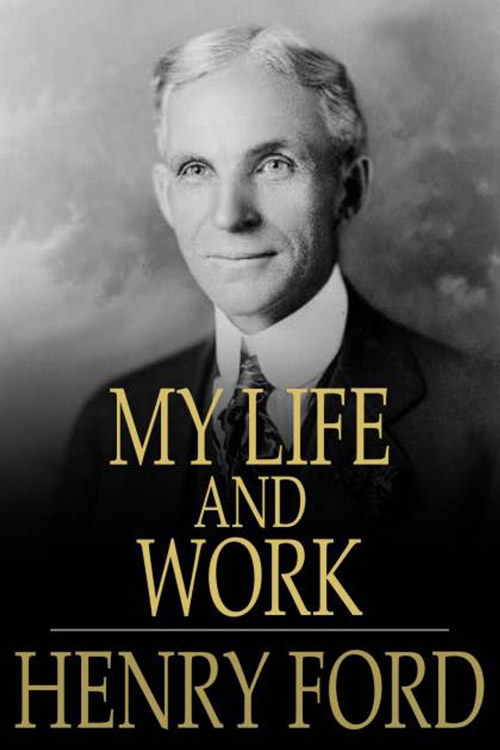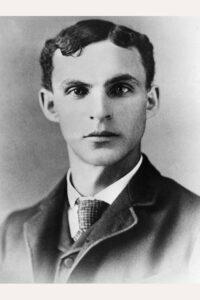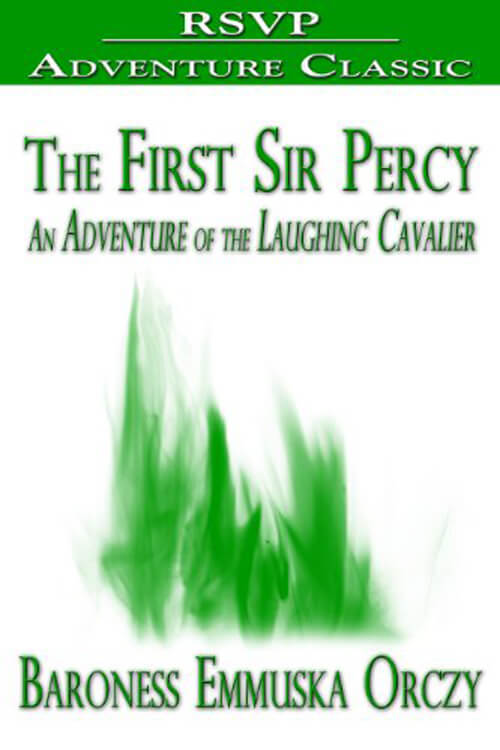
My Life and Work
We had formerly been on sun time, and for quite a while, just as in our present daylight-saving days, the railroad time differed from the local time. That bothered me a good deal, so I succeeded in making a watch that kept me both times. It had two dials, and the neighbourhood was quite curious. In 1879—that is, about four years after I first saw that Nichols-Shepard machine—I managed to get a chance to run one and when my apprenticeship was over, I worked with a local representative of the Westinghouse Company of Schenectady as an expert in the setting up and repair of their road engines. The engine they put out was much the same as the Nichols-Shepard engine except that it was up in front, the boiler in the rear, and the power was applied to the back wheels by a belt. They could make twelve miles an hour on the road even though the self-propelling feature was only an incident of the construction.
They were sometimes used as tractors to pull heavy loads. If the owner was also in the threshing machine business, he hitched his threshing machine and other paraphernalia to the engine when moving from farm to farm. What bothered me was the weight and the cost. They weighed a couple of tons and were far too expensive to be owned by other than a farmer with a great deal of land. They were employed mainly by people who went into threshing as a business or who had sawmills or some other line that required portable power. Before that time, I had the idea of making some light steam car that would replace horses—more significantly, however, as a tractor to attend to the backbreaking labour of ploughing. As I remember somewhat vaguely, it occurred to me that the same idea might be applied to a carriage or wagon on the road. A horseless carriage was a common idea. People had been talking about carriages without horses for many years back—in fact, ever since the steam engine was invented—but the concept of the carriage at first did not seem as practical to me as the idea of an engine to do the more challenging farm work, and of all the work on the farm ploughing was the hardest. Our roads were poor, and we did not have the habit of getting around.
Read or download Book
Henry Ford
Henry Ford (July 30, 1863 – April 7, 1947) was an American industrialist and business magnate.
Biography
He founded Ford Motor Company and was the chief developer of the mass production assembly line technique. Ford created the first automobile that middle-class Americans could afford, and his conversion of the automobile from an expensive luxury into an accessible conveyance profoundly impacted the landscape of the 20th century. Ford was born on a farm in Michigan’s Springwells Township, leaving home at age 16 to work in Detroit. It was a few years before this time that Ford first experienced automobiles. Throughout the latter half of the 1880s, Ford began repairing and later constructing engines, and through the 1890s, worked with a division of Edison Electric. He officially founded Ford Motor Company in 1903, after prior failures in business but success in constructing automobiles. Ford’s 1908 introduction of the Model T automobile revolutionized transportation and American industry. As the Ford Motor Company’s sole owner, he became one of the richest and best-known people in the world. He is credited with “Fordism”, the mass production of inexpensive goods and high worker wages.
Ford was also among the pioneers of the five-day workweek. Ford believed that consumerism was a key to global peace. His commitment to systematically lowering costs resulted in many technical and business innovations, including a franchise system that put dealerships throughout North America and major cities on six continents. In 1911, he was awarded a patent for the transmission mechanism used in the Model T and other automobiles. Ford was known for his pacifism during the first years of World War I, although his company became a major supplier of weapons during the war. He promoted the League of Nations. In the 1920s, Ford promoted antisemitism through his newspaper, The Dearborn Independent, and the book The International Jew. He opposed the United States’ entry into World War II and served on the America First Committee board for a time. After his son Edsel died in 1943, Ford resumed control of the company but was too frail to make decisions and quickly came under the control of subordinates. He turned over the company to his grandson, Henry Ford II, in 1945. He died in 1947 after leaving most of his wealth to the Ford Foundation and controlling the company for his family.






